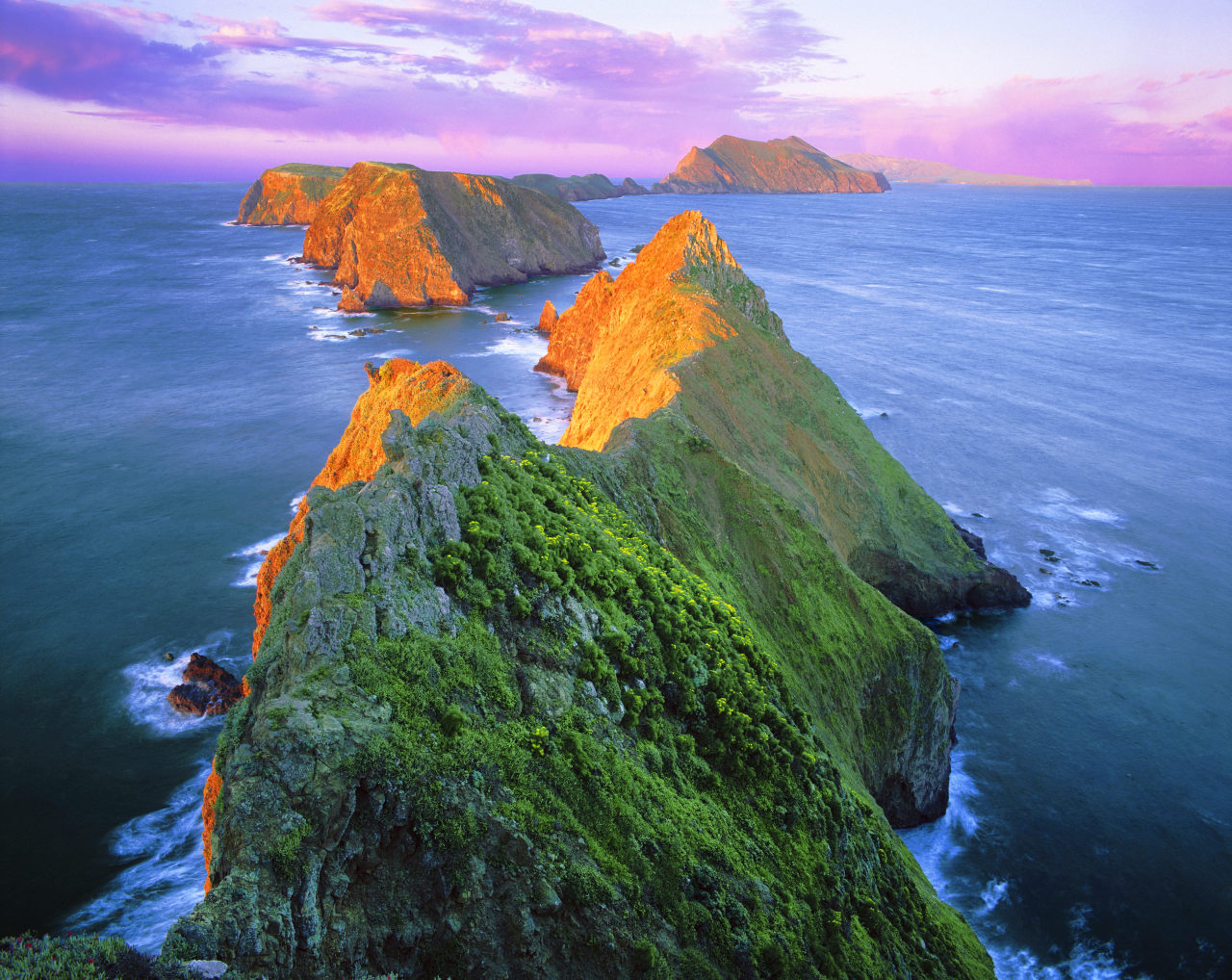The most beautiful national parks in the USA
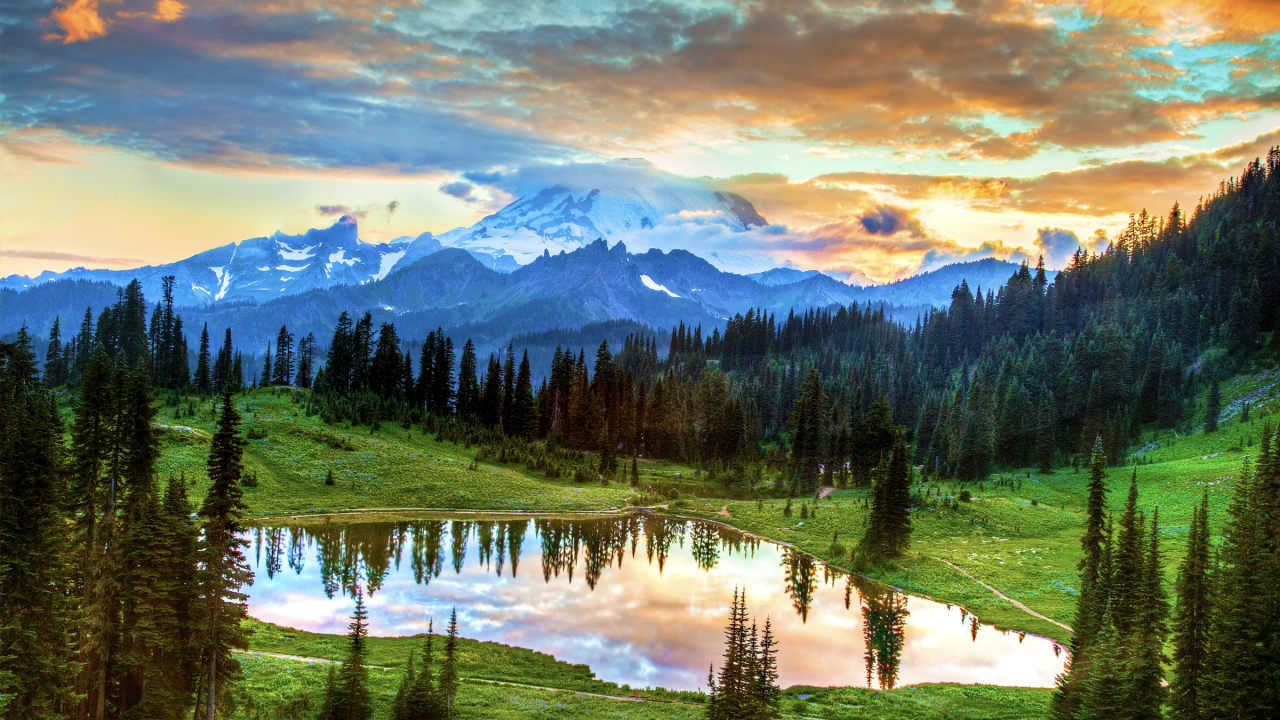
For more inspiration check out USA National Parks: Lands of Wonder, a celebration of the beauty, history and culture of the parks.
Grand Teton
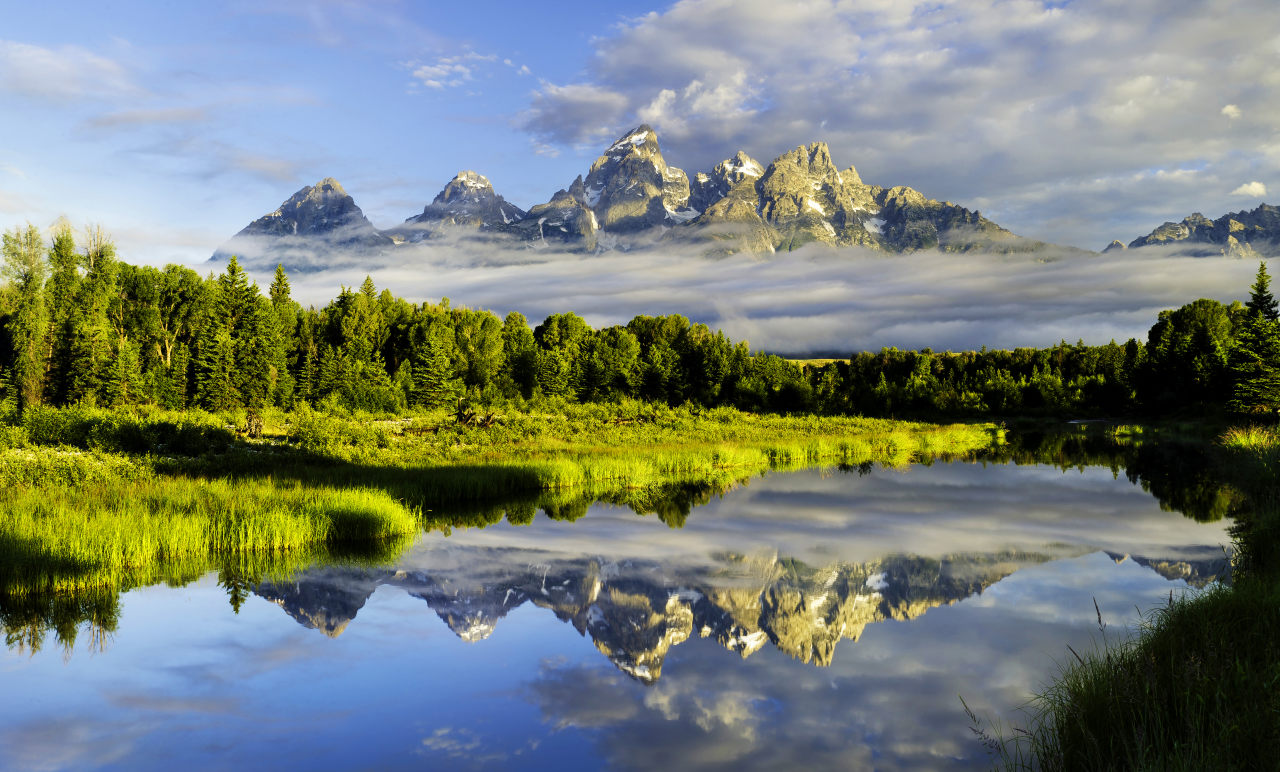
This bold mountain range rears up 7,000 feet (2,133 m) from the bison-grazing lands of Wyoming. The heart of the range—part of the Rocky Mountains—is the trio of Grand, Middle, and South Tetons, their peaks capped with snow throughout the winter.
Yosemite
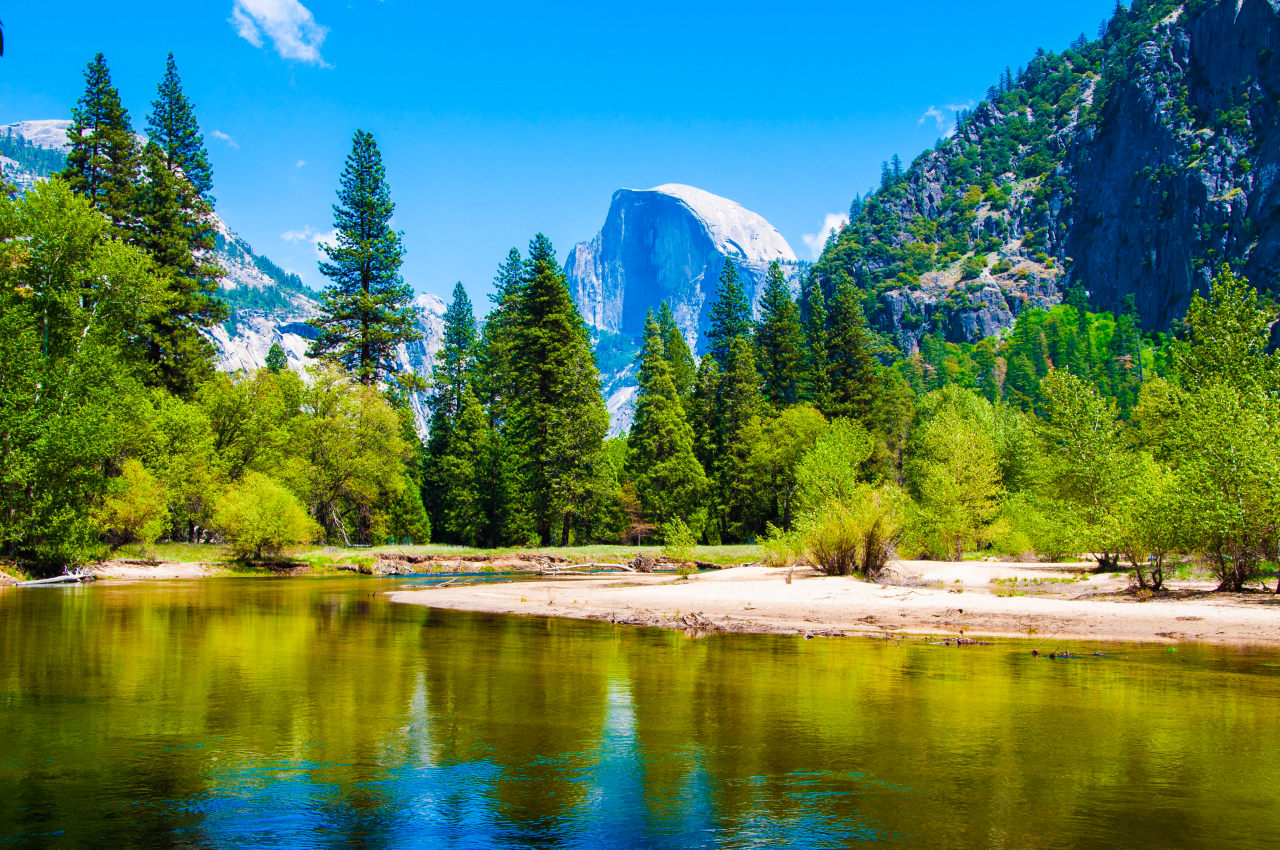
Picture Yosemite and even if you’ve never set foot in the High Sierra, it is imposing Half Dome that immediately springs to mind. Rising some 5,000 feet (1,524 m) above the valley floor, this granite intrusion is one of the world’s greatest climbing challenges, once said to be “perfectly inaccessible.” Thousands of hikers per year now prove that not to be the case.
Mount Rainier
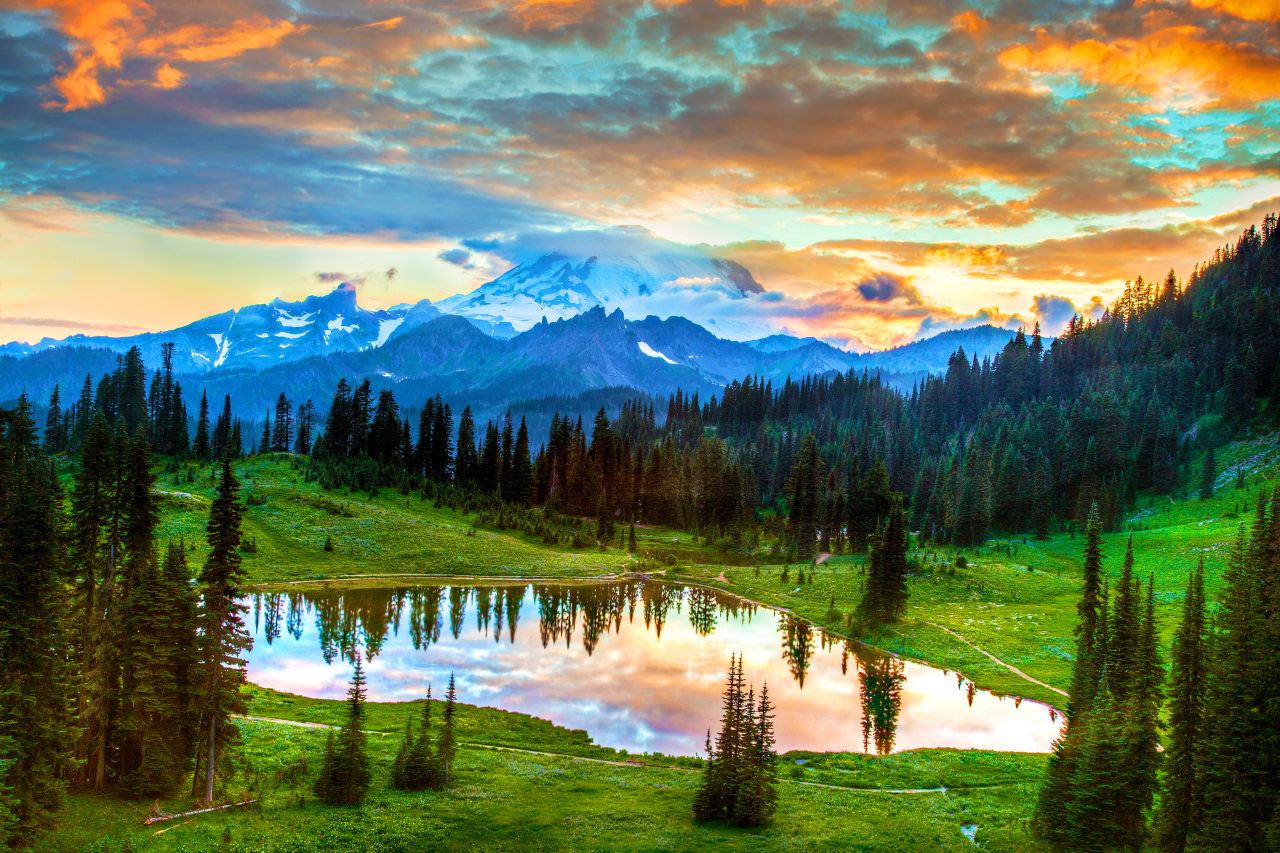
Wildflowers bloom around the sub-alpine foothills of Mount Rainier, the focal point of the eponymous national park. This active volcano reaches a height of 14,410 feet (4,392 m) above sea level and is the source of six major rivers. The wildflowers have a very short growing season, meaning they bloom even more profusely.
Bryce Canyon
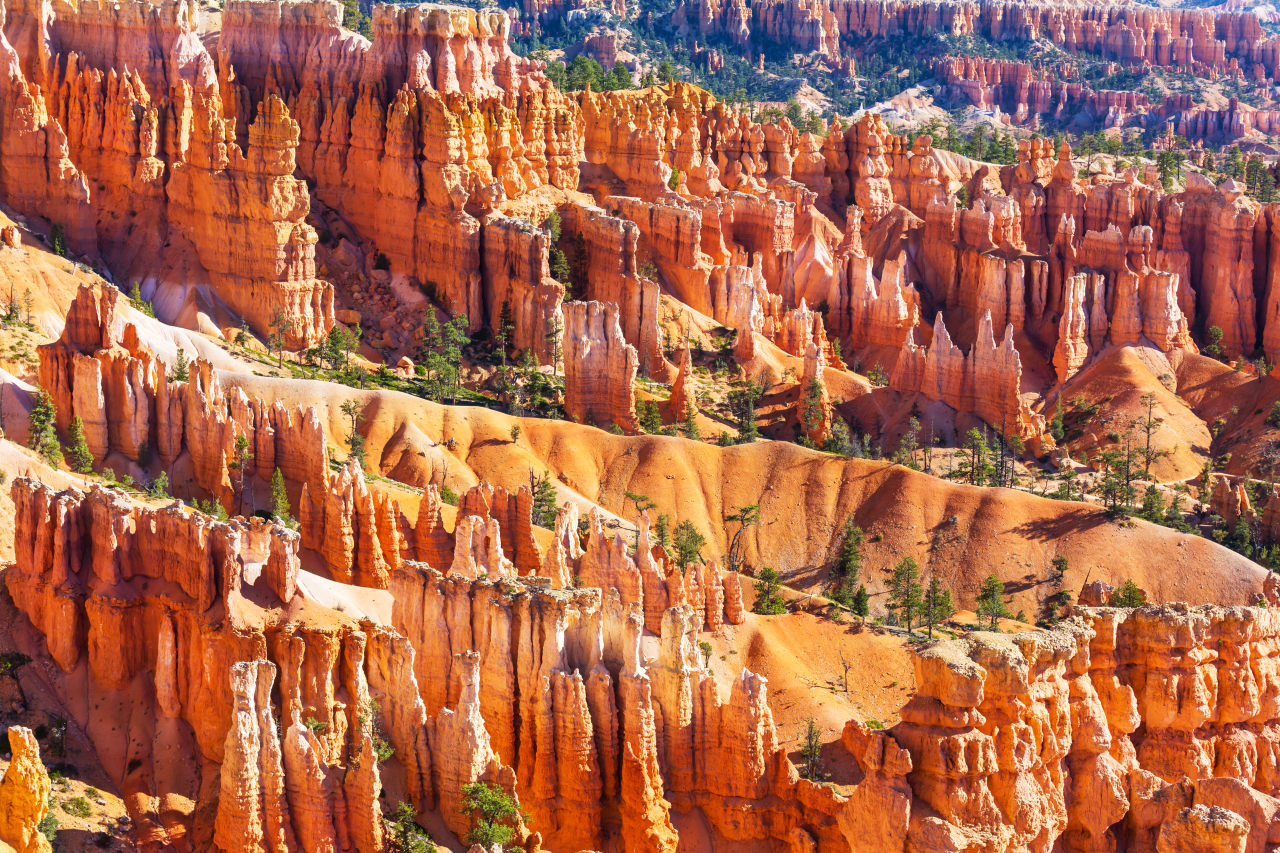
This unique national park is home to the largest collection of hoodoo in the world. That’s what those oddly-shaped pillars of sandstone you’ll see stretching across the landscape—caused by erosion over many thousands of years—are called. Take the 1.3-mile (2-km) Navajo Loop Trail to see the best of it.
Yellowstone
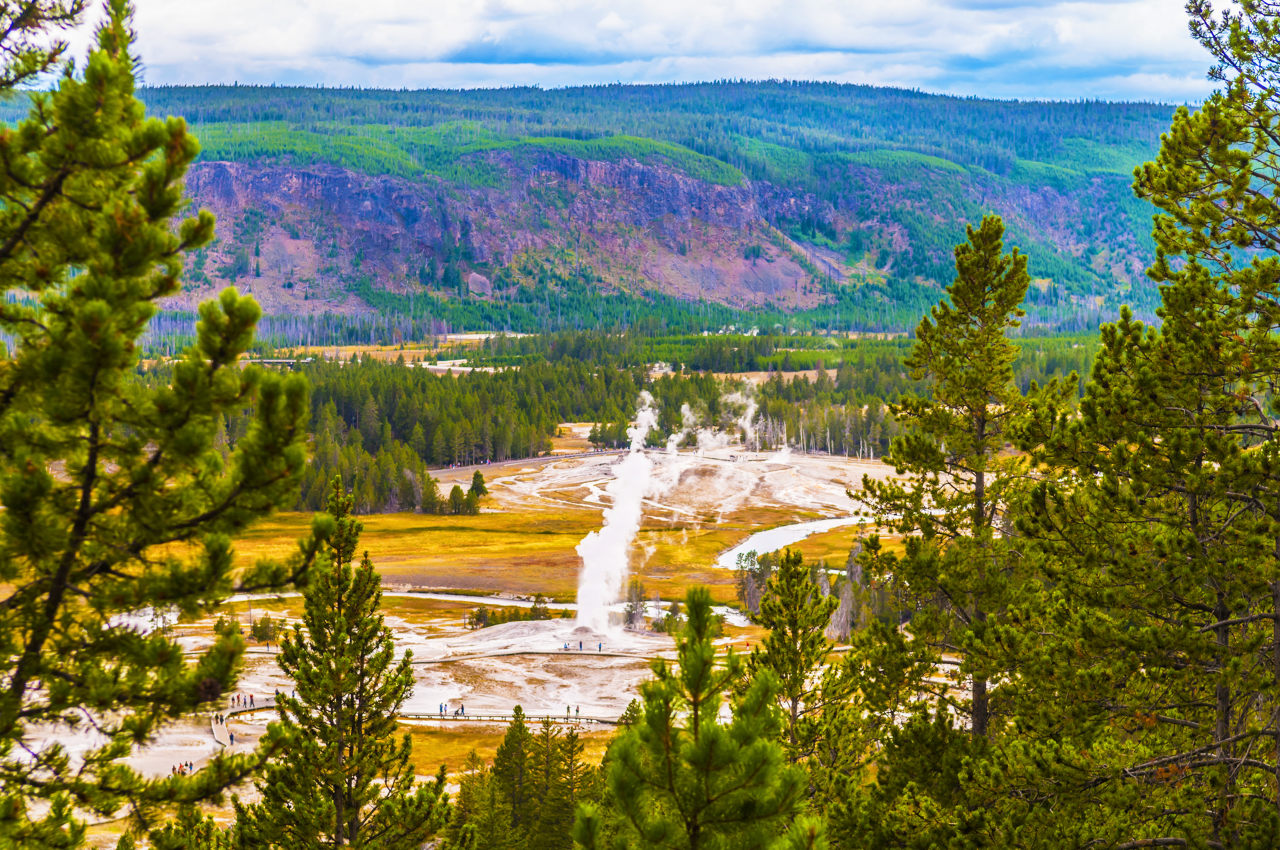
Old Faithful was the first geyser in Yellowstone National Park to be christened, and its name remains apt today. This dramatic hot spring is one of the planet’s most reliable natural features, erupting roughly every 60 to 110 minutes, and expelling thousands of gallons of boiling water from its volcanic cone.
Everglades
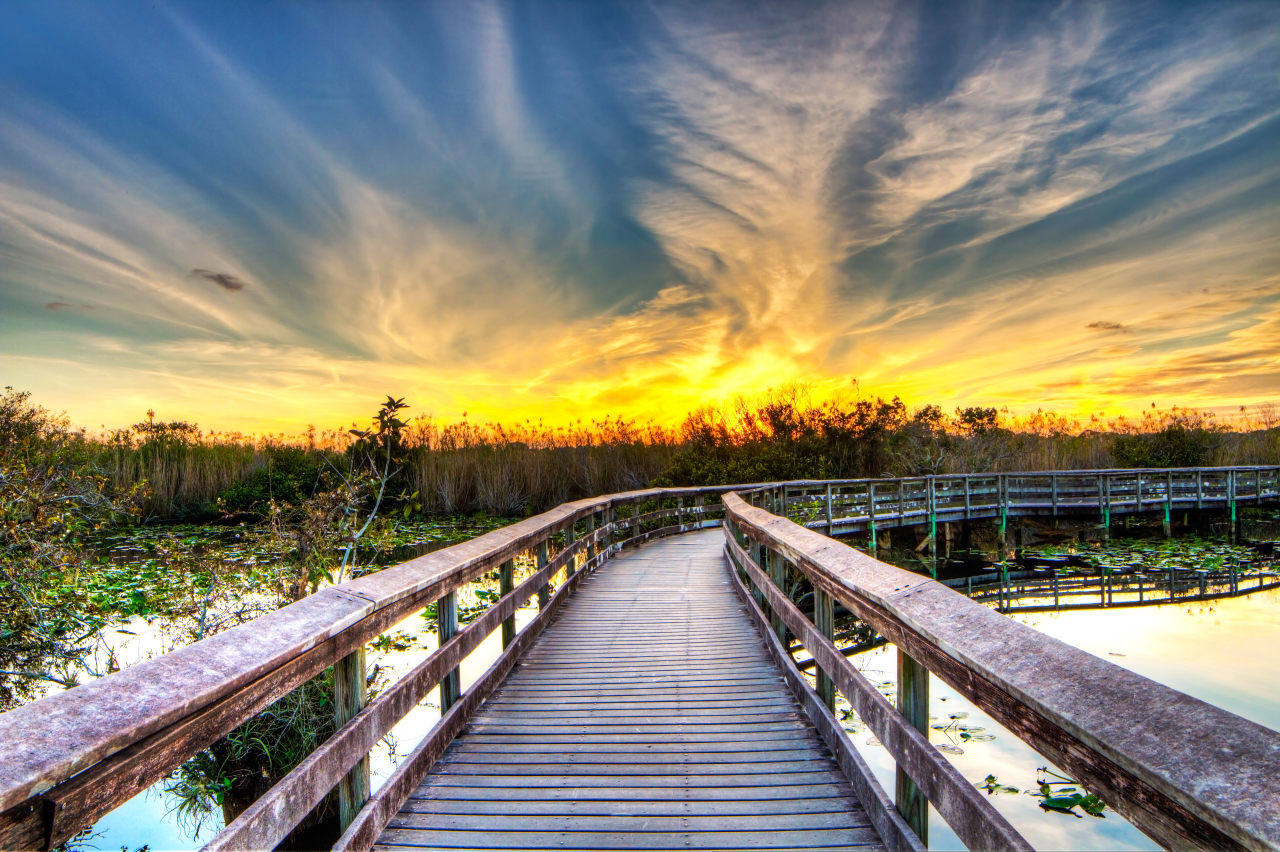
Denali
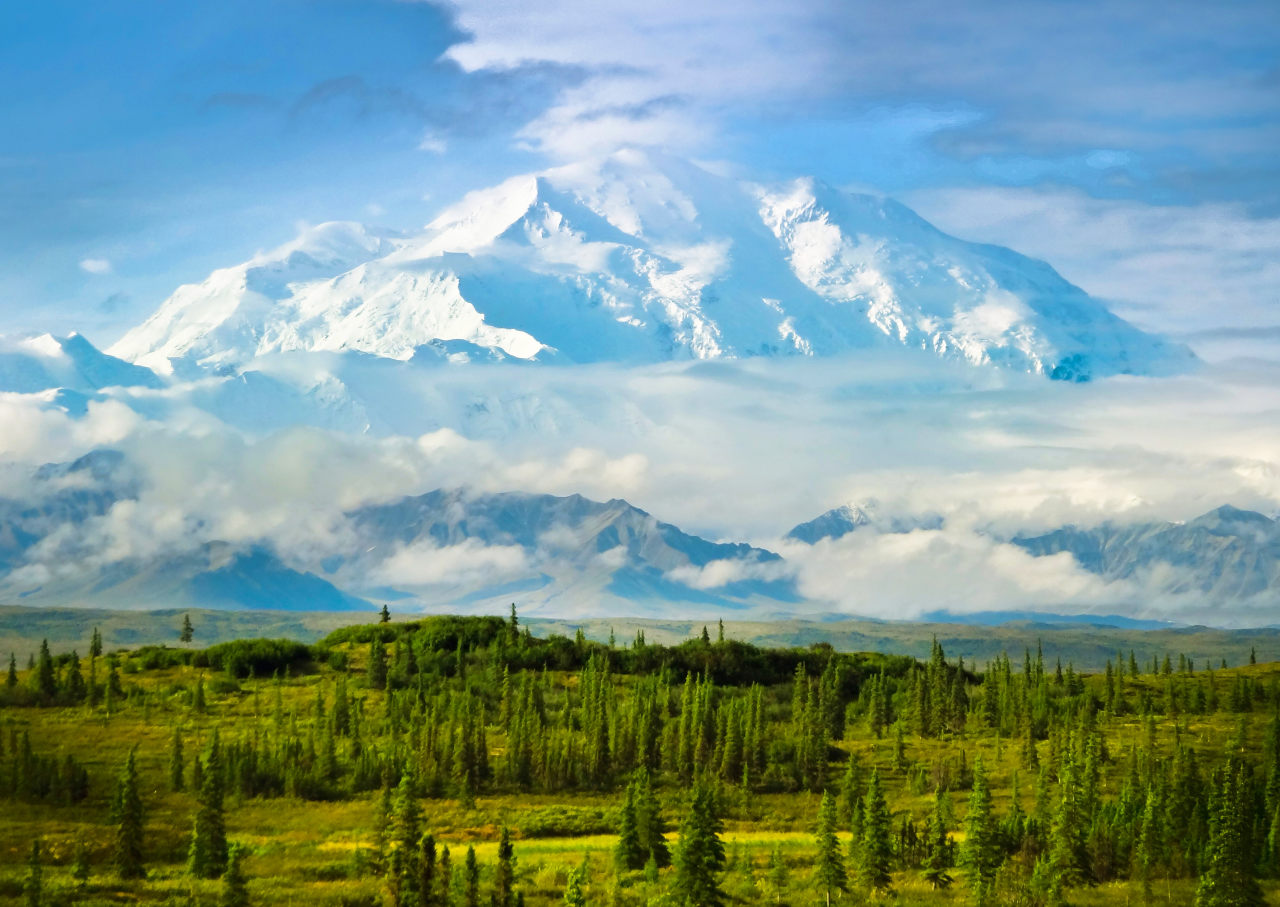
Previously known as Mt. McKinley, North America’s tallest mountain peak reclaimed its original name, Denali, in 2015. Looming above the Alaskan landscape, this mountain is the uncontested heart of the park, tempting hardy climbers with its ice-clad bulk. The West Buttress Route to the peak (20,310 ft; 6,190 m) is accessible to those with intermediate climbing skills; the rest of us will have to make do with simply looking up in wonder.
Grand Canyon
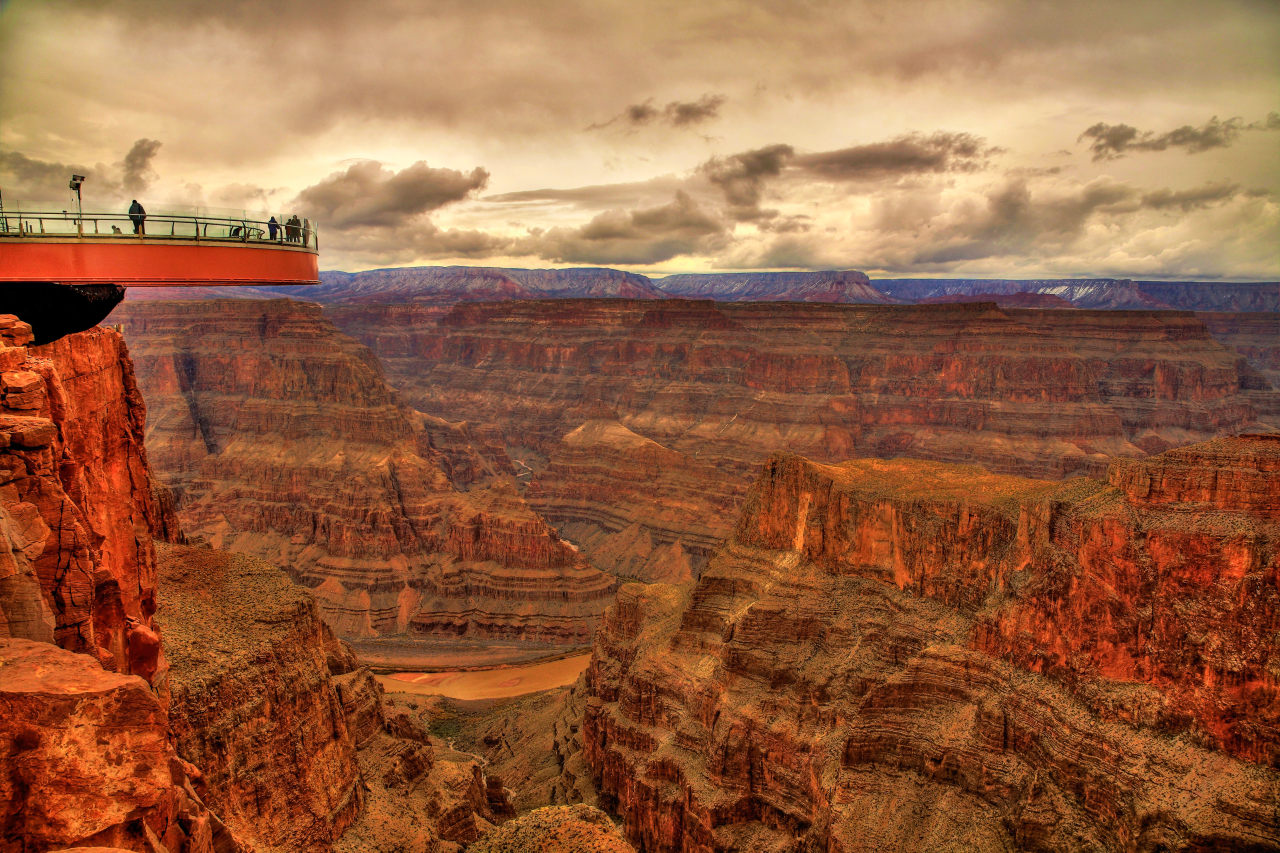
Mesa Verde
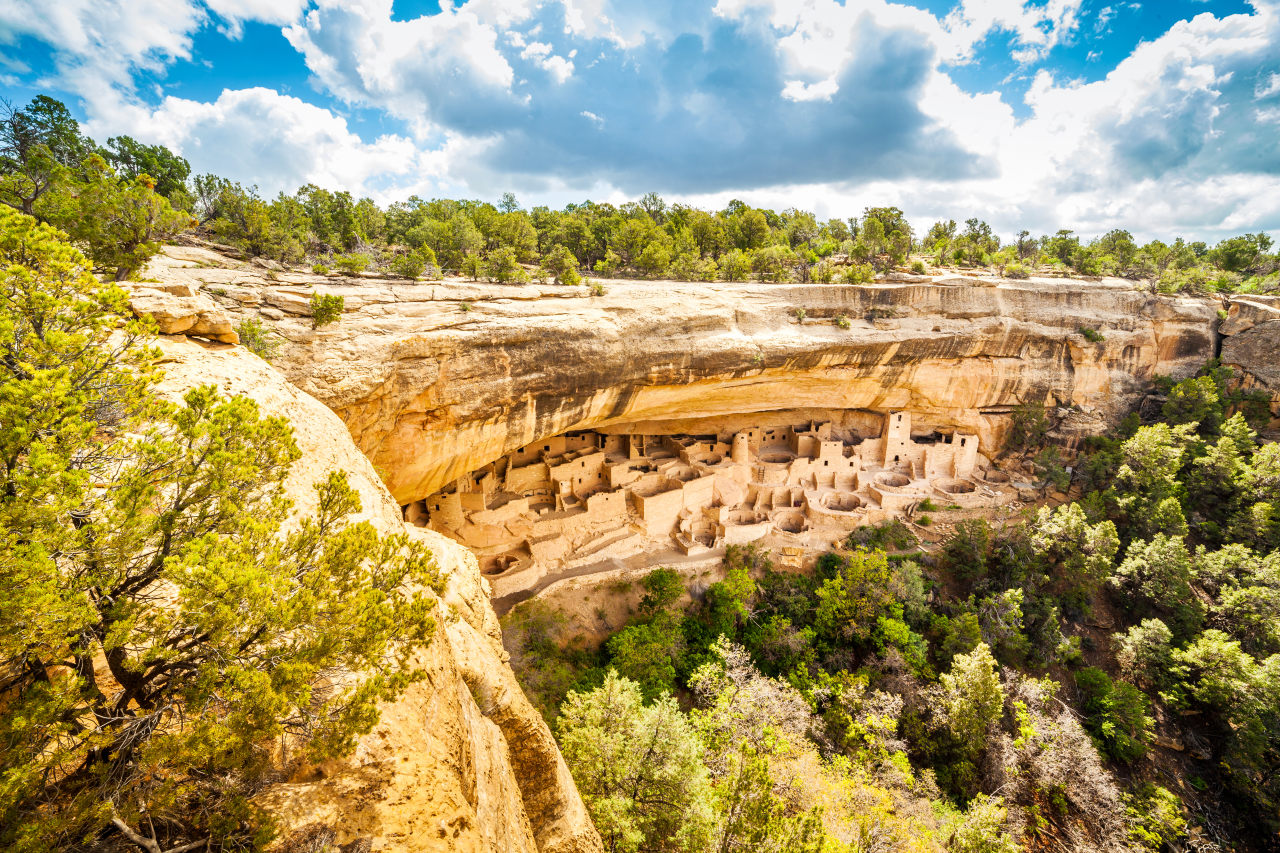
The Ancestral Puebloans made this area in Colorado their home for more than 700 years, and today you can see the homes they left behind carved into the cliff face—some 600 of them, in fact. The largest is Cliff Palace, which once had a population of 100 people.
Arches
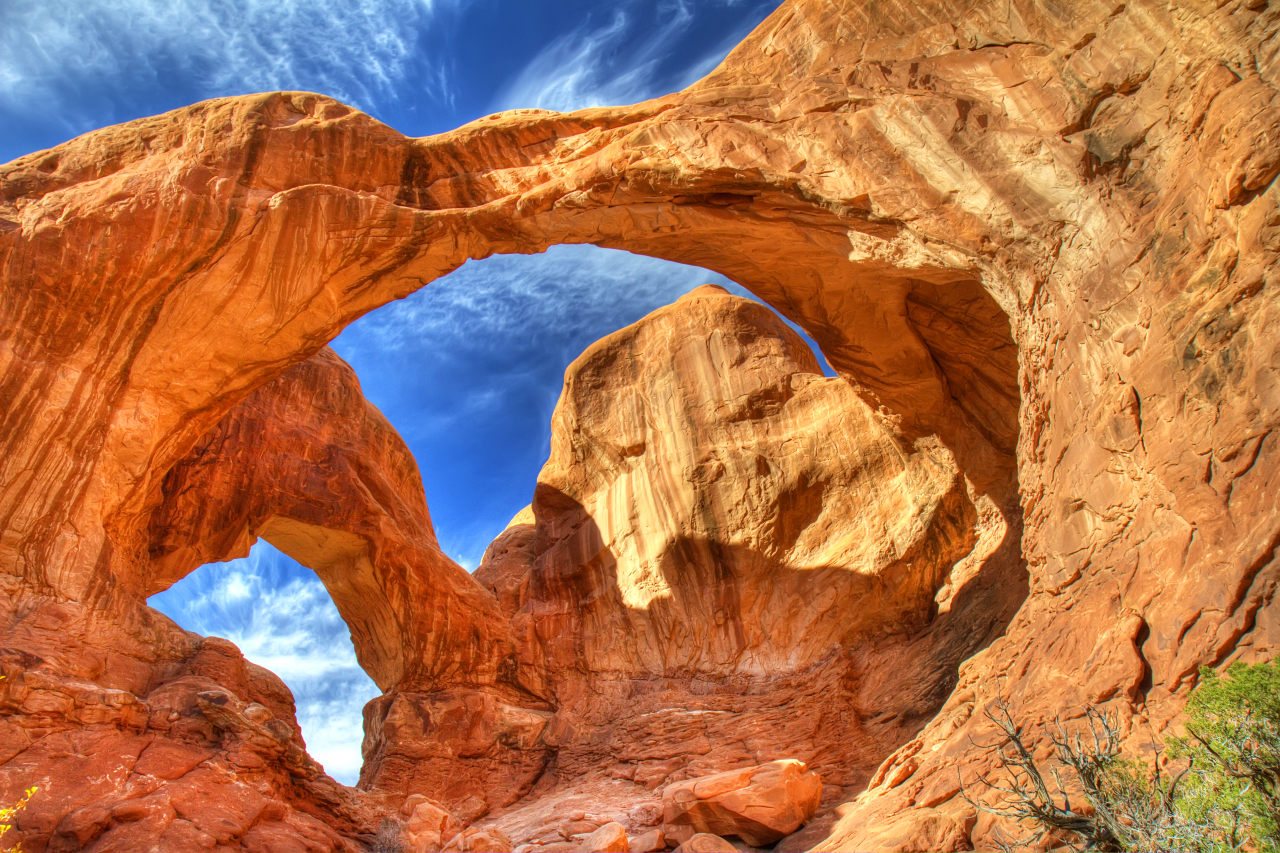
Sequoia
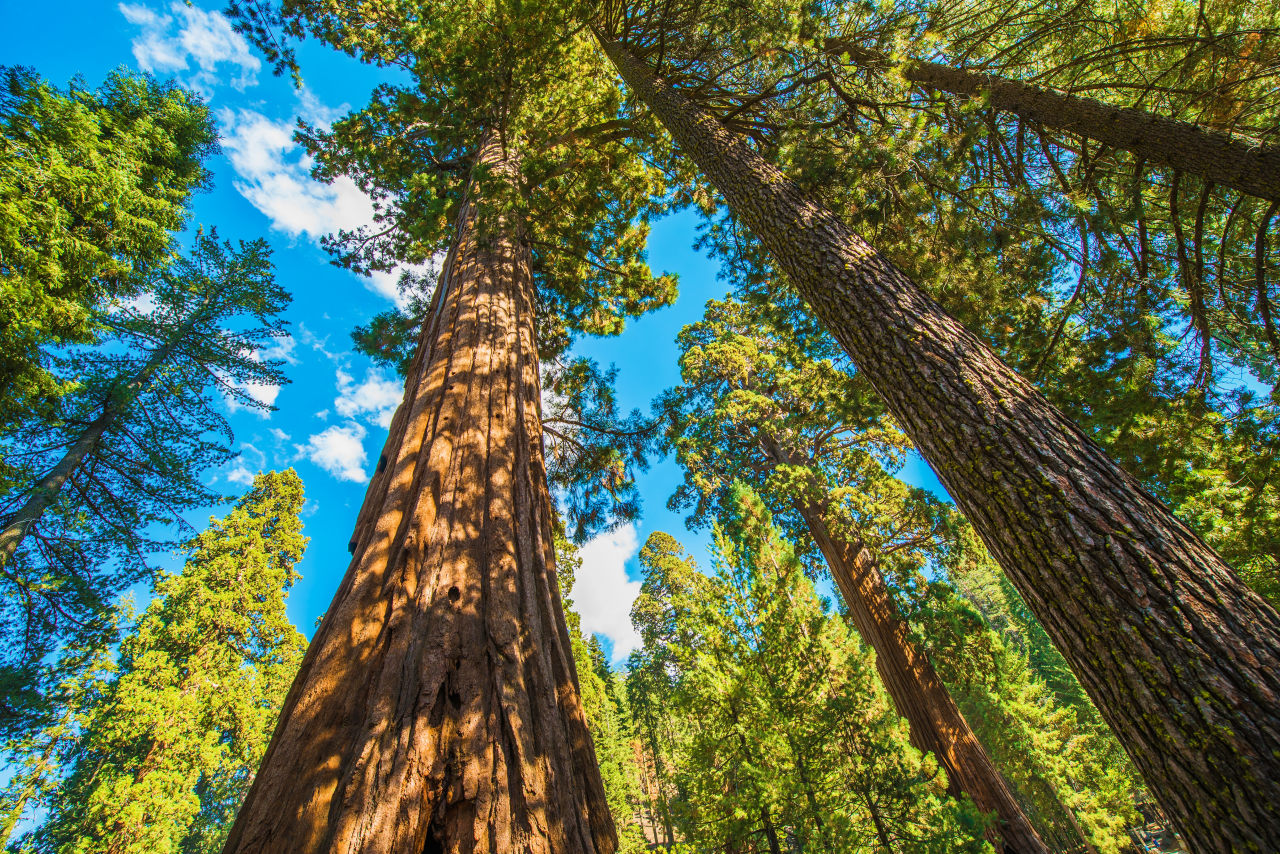
Great Smoky Mountains
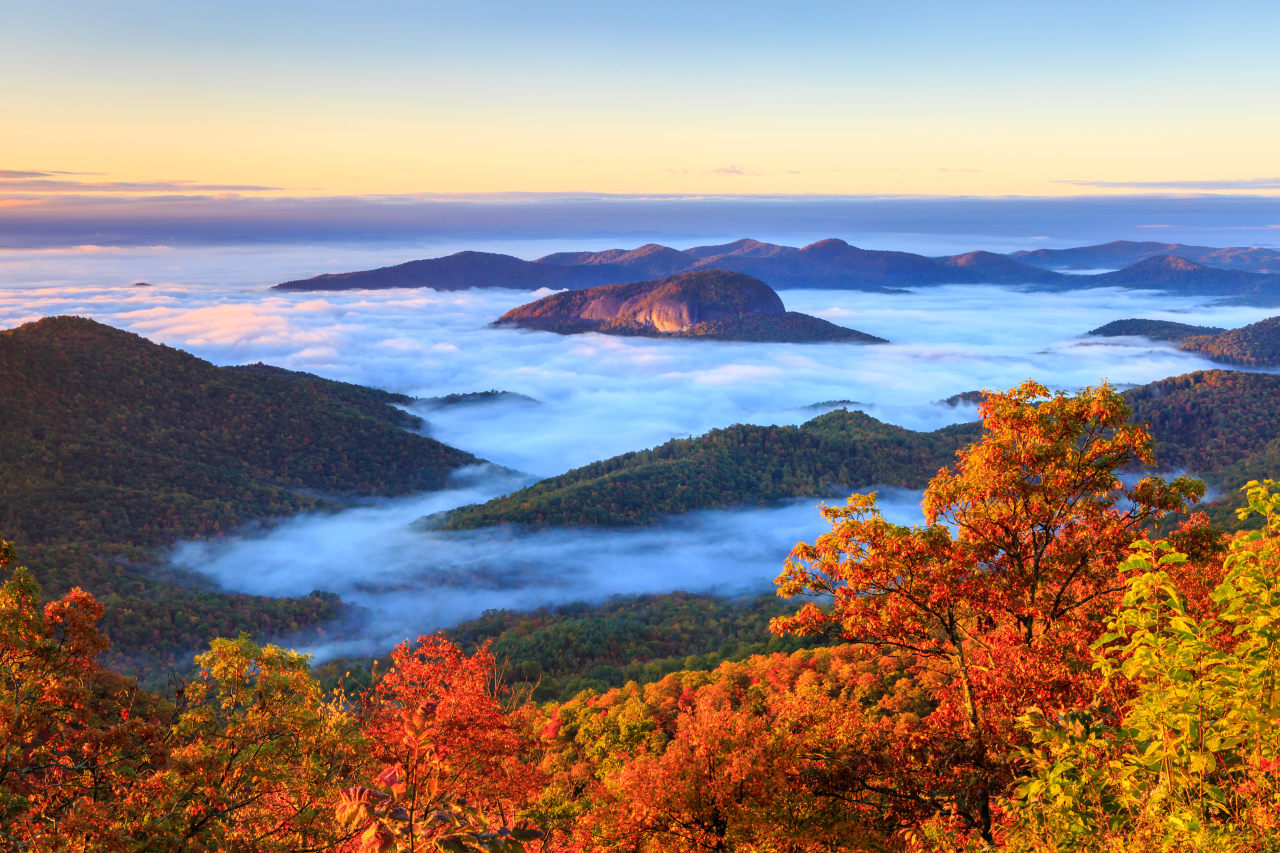
Hawaii Volcanoes
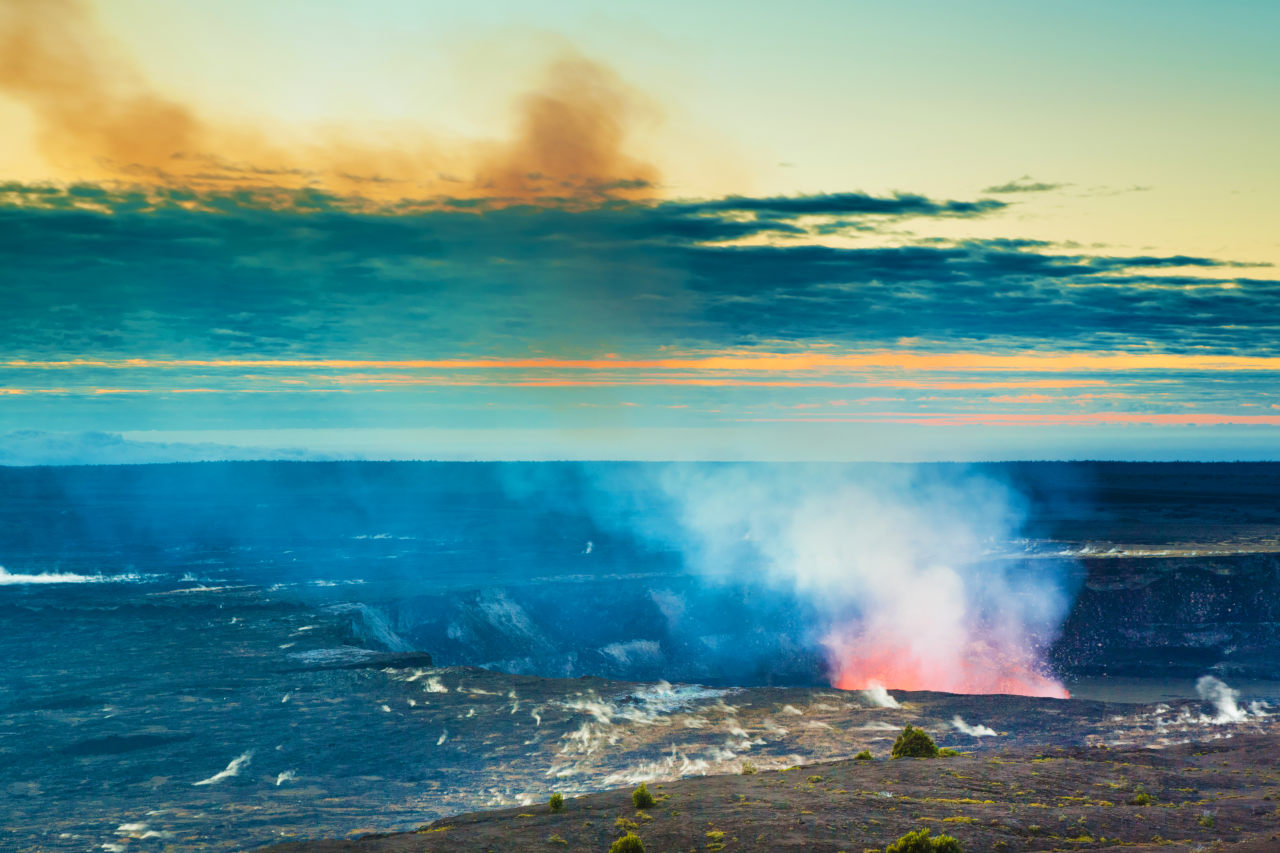
There aren’t many places where you can stand and safely watch a volcanic eruption—so you’re sure to be awed by Kīlauea in Hawaii Volcanoes National Park. Its current eruption began in 1983 and shows no signs of ceasing. Visit the overlook at the Jaggar Museum to see the vent within Halema'uma'u Crater.
Dry Tortugas
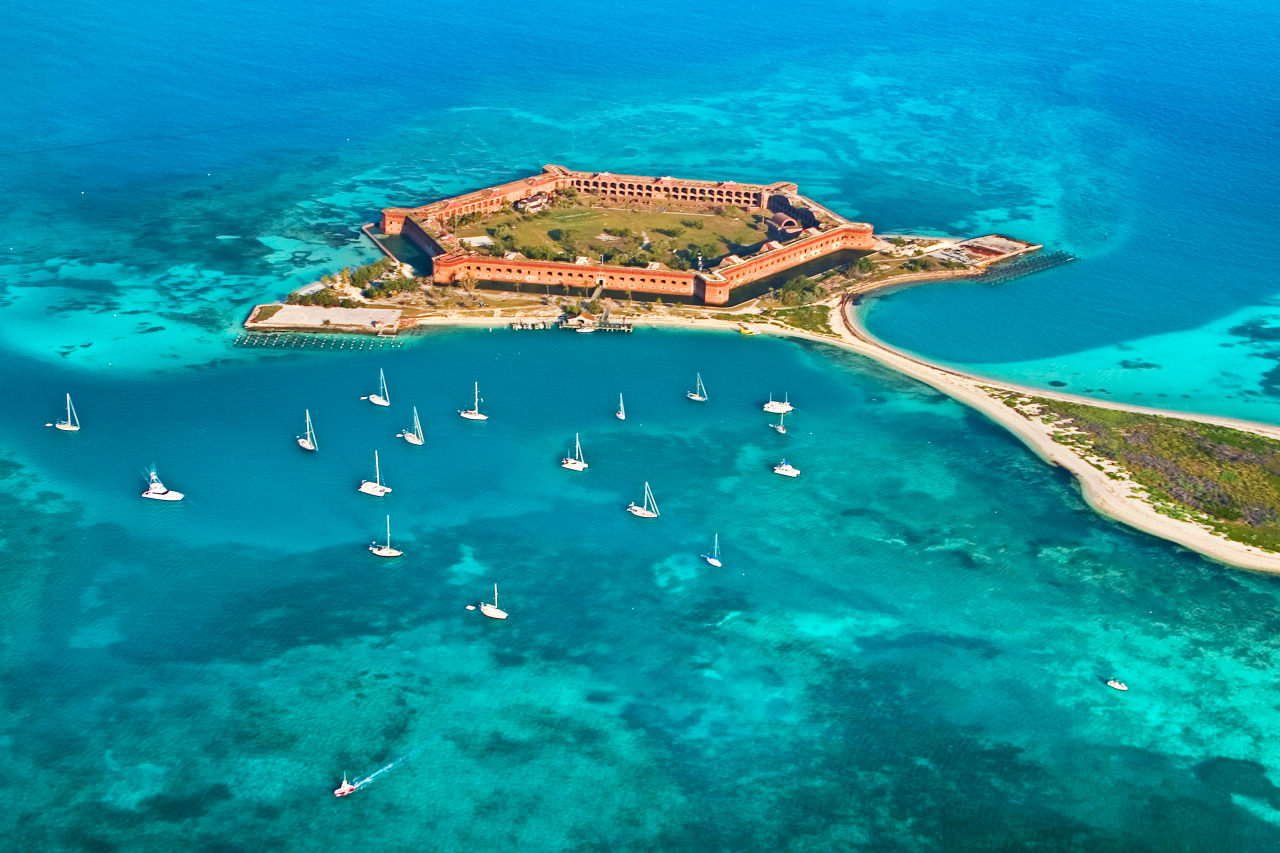
Channel Islands
